Expansion of the Bakery Sector
The enriched flour market is benefiting from the expansion of the bakery sector, which continues to thrive in the US. With the rise of artisanal and specialty bakeries, there is a growing demand for high-quality flour products that enhance the taste and texture of baked goods. Enriched flour, known for its superior baking properties, is increasingly favored by bakers aiming to create premium products. The bakery industry is projected to grow at a CAGR of around 3.8% over the next few years, which is likely to positively impact the enriched flour market. As consumers seek out fresh, high-quality baked goods, the enriched flour market stands to gain from this trend, as it provides the necessary ingredients to meet evolving consumer preferences.
Growing Demand for Convenience Foods
The enriched flour market is experiencing a notable increase in demand for convenience foods, driven by busy lifestyles and the need for quick meal solutions. Consumers are increasingly seeking products that require minimal preparation time, which has led to a rise in the use of enriched flour in ready-to-eat meals and snacks. According to recent data, the convenience food sector is projected to grow at a CAGR of approximately 4.5% over the next five years. This trend is likely to bolster the enriched flour market, as manufacturers incorporate enriched flour into various convenience products, enhancing their nutritional profile while maintaining ease of use. The enriched flour market is thus positioned to benefit from this shift towards convenience, as it aligns with consumer preferences for quick, nutritious options.
Regulatory Support for Fortified Foods
The enriched flour market is positively influenced by regulatory support for fortified foods in the US. Government initiatives aimed at improving public health through nutrition have led to the promotion of enriched flour as a staple in many diets. Policies encouraging the fortification of staple foods, including flour, are designed to combat nutritional deficiencies prevalent in the population. For instance, the FDA has established guidelines that support the enrichment of flour with essential nutrients, which has been instrumental in driving the enriched flour market. This regulatory backing not only enhances consumer confidence in fortified products but also encourages manufacturers to innovate and expand their offerings, thereby fostering growth in the enriched flour market.
Increased Focus on Nutritional Fortification
The enriched flour market is significantly influenced by the growing emphasis on nutritional fortification among consumers and food manufacturers. As awareness of dietary deficiencies rises, there is a corresponding demand for products that offer enhanced nutritional value. Enriched flour, which is fortified with essential vitamins and minerals, plays a crucial role in addressing these nutritional gaps. Recent statistics indicate that approximately 30% of the population in the US suffers from micronutrient deficiencies, creating a substantial opportunity for the enriched flour market. Manufacturers are increasingly reformulating their products to include enriched flour, thereby appealing to health-conscious consumers seeking fortified options. This trend is expected to drive growth in the enriched flour market as it aligns with the broader movement towards healthier eating habits.
Rising Popularity of Gluten-Free Alternatives
The enriched flour market is also impacted by the rising popularity of gluten-free alternatives, which has prompted innovation within the industry. As more consumers adopt gluten-free diets for health reasons, there is a growing demand for flour substitutes that maintain the nutritional benefits of enriched flour. This trend has led to the development of gluten-free enriched flour products that cater to this specific consumer segment. Recent market analysis suggests that the gluten-free product segment is expected to grow at a CAGR of approximately 8% over the next five years. The enriched flour market is thus adapting to these changes by diversifying its product offerings, ensuring that it remains relevant in a rapidly evolving market landscape.


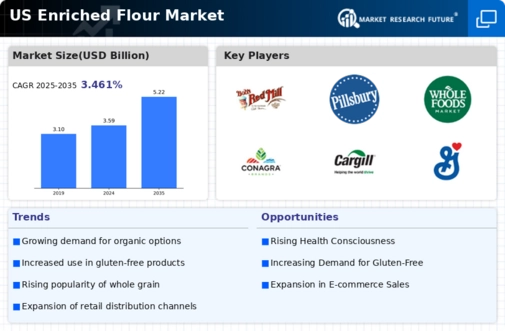
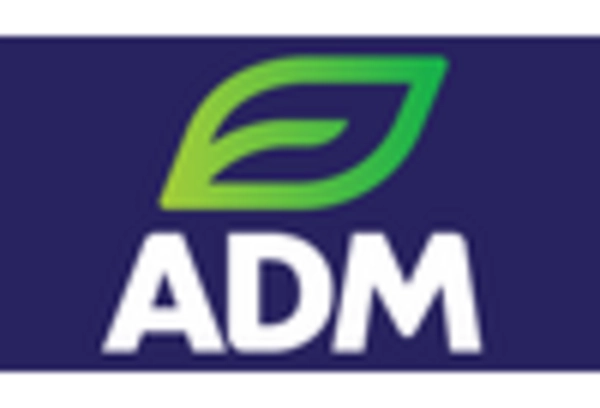
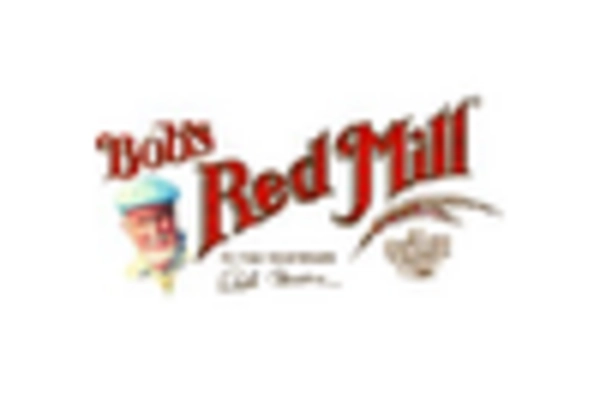

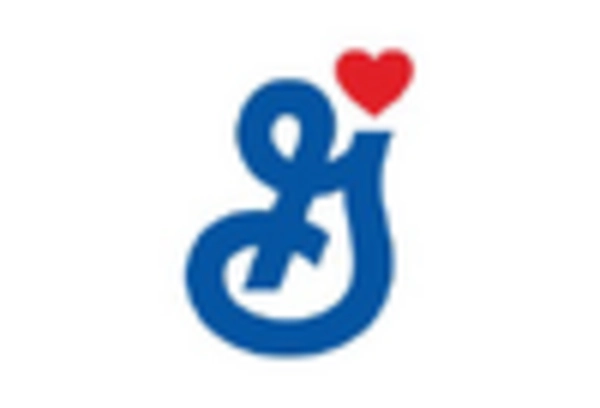
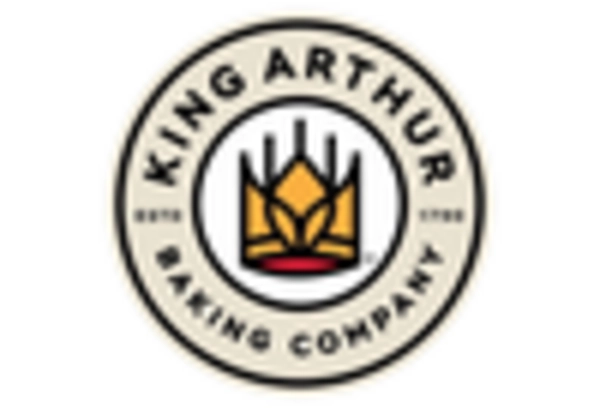
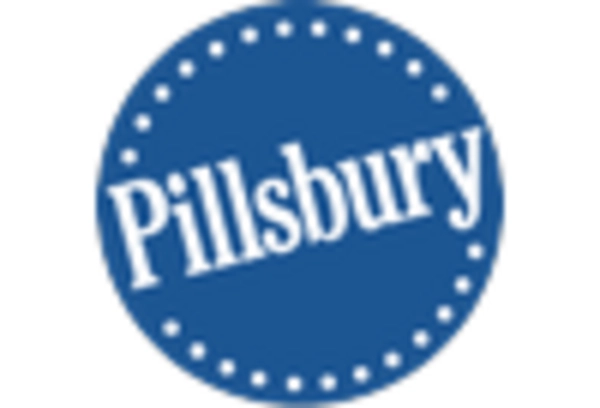








Leave a Comment